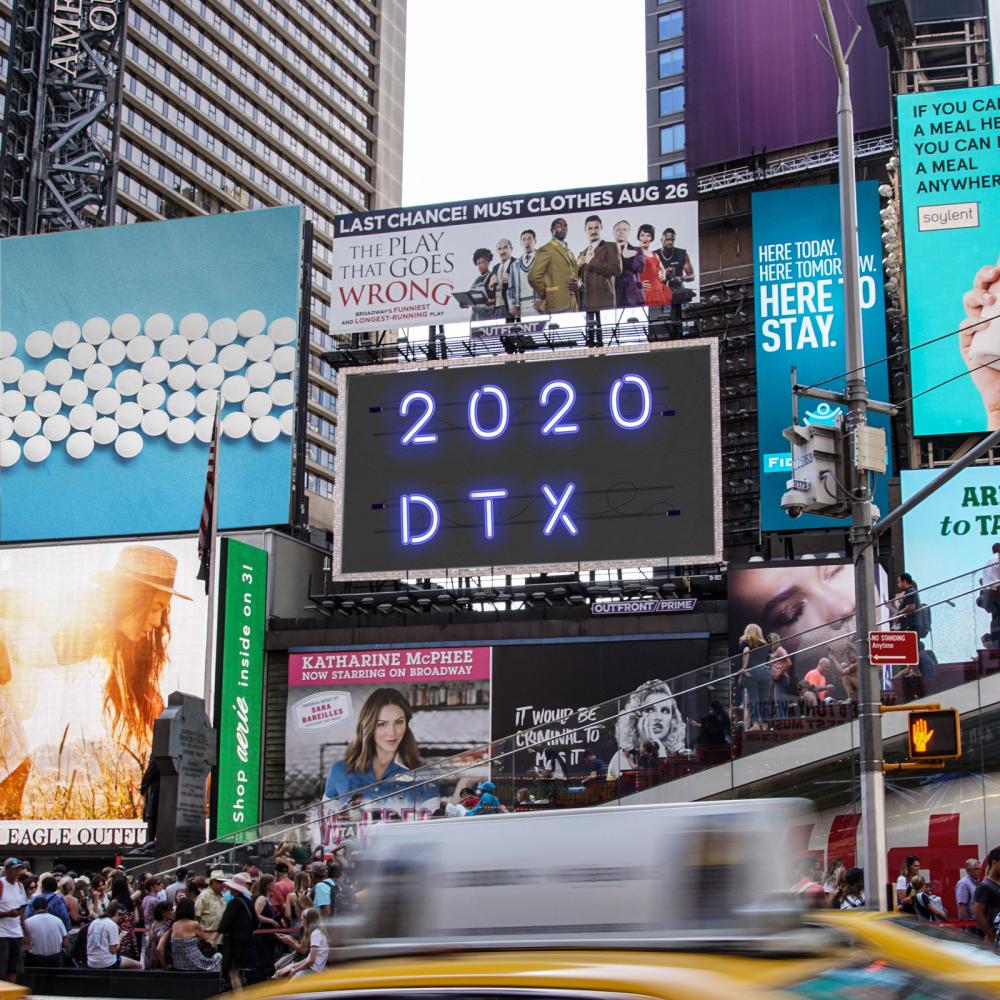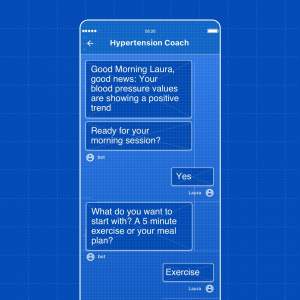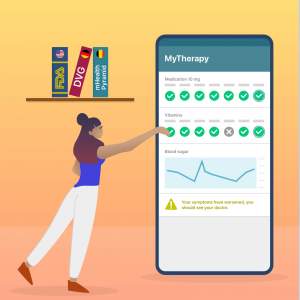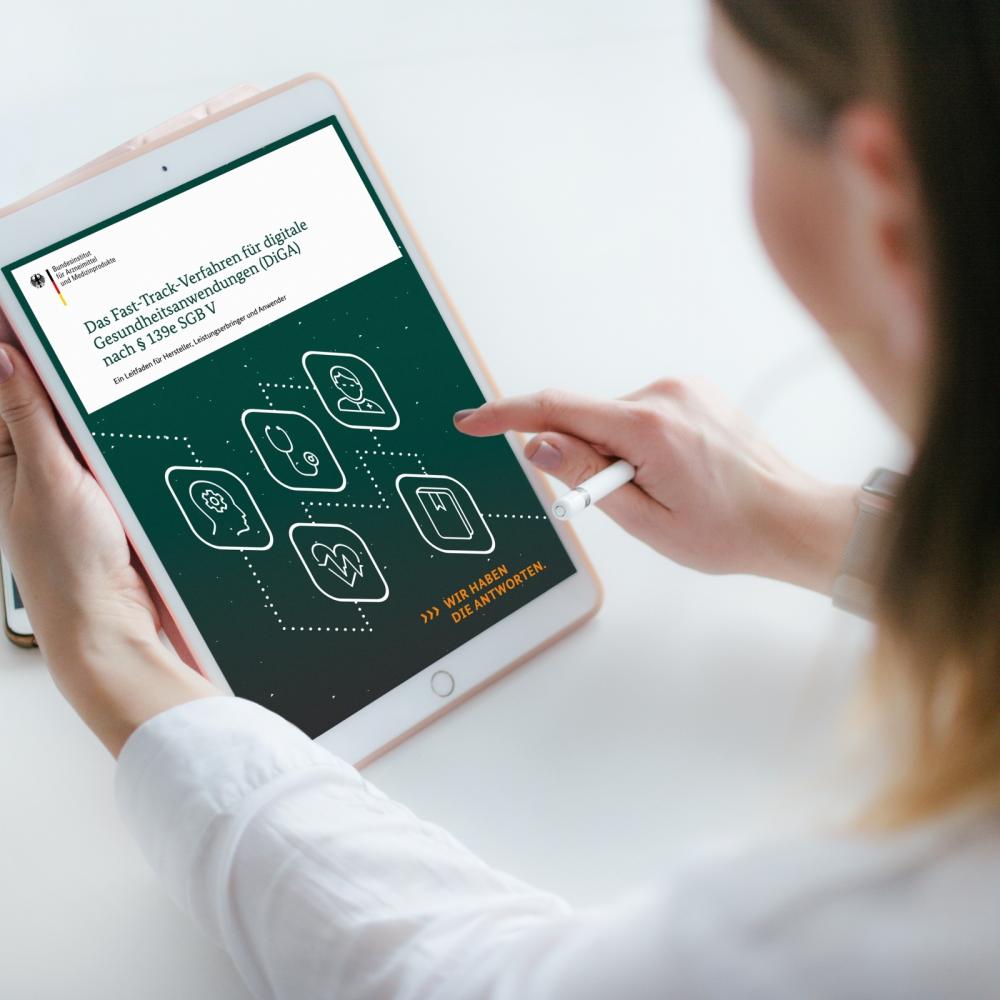5 Reasons Why Health Apps & DTx Reimbursement Will Be a Hot Topic in 2020
In 2020, Your News Feed Will Be Full of Prescription Apps. Here’s Why

- With Germany’s Digital Care Act coming into effect in Jan 2020, the race is on to be among the first prescription apps to be reimbursed by a public healthcare system
- Established health apps have a unique window of opportunity to grab the headlines by providing proof of concept
- Momentum will temporarily decrease after the first wave of apps, as the new Medical Device Regulation and increased evidence requirements pose barriers to market access
Hype topics occasionally appear out of nowhere. The topic of apps being prescribable, however, has bubbled away for a good few years. In 2020, we expect the noise around prescription apps to increase dramatically as legislation comes into effect. Here are 5 reasons why they will hit the headlines in the coming months and why MDR will shape the development of DTx once the buzz has ebbed away.
Reason 1: Digital Care Act (DVG) goes effective Jan 2020
In late 2019, Germany introduced its Digital Care Act (or ‘DVG’ for ‘Digitale-Versorgung-Gesetz’), making it the first country to allow practitioners to prescribe digital therapeutics to patients covered by a public insurer. In terms of market access and reimbursement, DVG applies the mechanisms and concepts of traditional medicines to prescription apps.
Why is this a potential breakthrough for the adoption of effective health apps and digital therapeutics (DTx)? DVG ties reimbursement largely to the evidence for a positive impact on outcomes and the standard of care, thereby placing importance on proven efficacy. Of equal importance is the fact that, with reimbursement measures in place, doctors are no longer financially disincentivized against prescribing innovative digital treatments.
In effect, DVG will bring evidence-based apps increasingly closer to the ‘digital medicines’ or ‘digital therapeutic’ (DTx) moniker, in terms of both market access and market potential.
Reason 2: Proof of concept desperately needed
Will we see a flood of prescription apps in 2020? Perhaps, but the barriers are higher than many might think.
Nonetheless, there are at least two stakeholders that will want to rapidly provide proof of concept. Firstly, the German government will be eager to show adoption and a positive impact on the standard of care to justify its decision to lead the way in legislating for digital treatments. The Federal Ministry of Health has established a dedicated ‘healthcare innovation hub’ to connect stakeholders and fast-track promising solutions, a sign of its commitment to supporting digital healthcare.
Secondly, a plethora of health startups – many loaded by venture capital money – will want to prove they have a scalable business case to justify the investment. DVG provides the opportunity to expand beyond serving the niche of self-payers or trying to contact insurers one-by-one. Given the wider scope of their objectives, we can be sure that they will be vocal about it – just keep an eye on your LinkedIn feed.
Reason 3: The Pre-MDR window of opportunity
Who will be first-to-market with a prescription app? In all likelihood, it will be an established app that has been on the market for some time, is certified as a Class I medical device, and already has some evidence under its belt regarding efficacy. The first part of this year represents a significant opportunity for apps that fit this description. Why? Because on May 26th, 2020, the EU’s new Medical Device Regulation (‘MDR’, Council Regulation 2017/745) comes into effect.
Many health apps that are currently Class I devices will be Class IIa devices under MDR. For developers, this means more rigid quality management requirements, typically commanding a certification according to ISO13485 and the build-up of significant capability and resources. Retrofitting these quality standards to existing Class I devices can be difficult to impossible in the short-term. However, a corrigendum from late 2019 gives existing certified Class I devices four years to comply with MDR requirements. As a result, established Class I apps have a unique window of opportunity to quickly fulfill DVG requirements without falling foul of MDR. Rest assured, they will make use of it and will be keen to attract as much attention as possible.
Reason 4: The evidence barrier will just rise
How much evidence is required for an app to qualify for reimbursement? The wording of the legislation is rather unspecific regarding this particular question, considering the spectrum of what could be considered ‘evidence’ ranges from simple, survey-based data generation to full-blown randomized control trials. However, if the pattern traditional medicines follow applies to digital medicines, developers in the future may well need to prove how a new product offers additional benefits to what is already on the market. This will continually raise the evidence barrier to the market.
That is not the only reason developers need to act quickly. Compared to the old Medical Device Directive (‘MDD’), the EU’s new MDR is more demanding regarding the clinical evaluation of a medical device. While under MDD many companies could reference data from comparable devices, many expect primary evidence to be required for medical device approval under MDR. Basically, there is a big incentive for anyone with a health app to try getting it approved for reimbursement as quickly as possible.
Reason 5: A little less fragmentation, a little more action!
In comparison to other digitally native verticals, digital healthcare is for most solution providers a rather fragmented business. Reimbursement works according to different rules from country to country and often requires dedicated negotiations with major payors. Germany’s DVG is a world first in giving market access to over 70 million people in one fell swoop.
It will come as no surprise that DTx developers view DVG as a desirable blueprint that they will try and get visibility for. And they are not alone. Jens Spahn, Germany’s Minister of Health, has already announced that he aims for establishing a European framework for digitizing healthcare during Germany’s European presidency in the second half of 2020. With presumable ambitions for German chancellorship, it is fair to expect that he will keep the topic of prescription apps on the public agenda.
DTx development in 2020: Doing now, what payors want next
There is a lot of reason for buzz around the topic of prescription digital therapeutics and DTx in 2020. However, momentum will likely decrease after the initial wave of apps receives acceptance for reimbursement; the influx of apps will reduce thanks to the burden of the EU’s new MDR and rising evidence requirements. Additionally, not all apps and digital therapeutics will deliver on their promises, which will likely lead to questions regarding their value and evidence requirements.
Now is the time to prepare for the next wave of DTx, that will need to outperform the early starters in both efficacy and operational efficiency.
At smartpatient, we implement DTx on top of MyTherapy, a disease management app with millions of users and global regulatory compliance. We deliver the engagement, technology, and regulatory know-how straight out of the box, so our partners can deploy their DTx faster, to more countries, and with superior efficacy.
Stay tuned – and do not hesitate to reach out if we can help.




